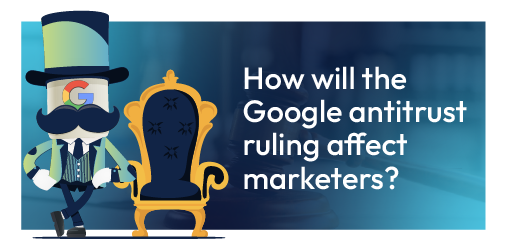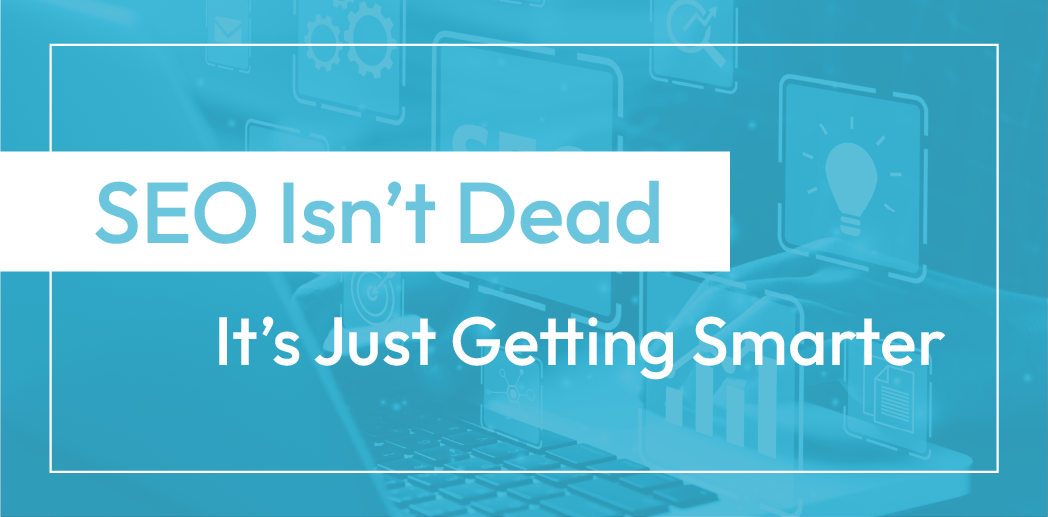Marketing Midday - October 31, 2022
Welcome to Marketing Midday, an up-to-date report of the latest digital marketing headlines. In this post, we discuss
five top headlines:
1. Google rolled out its 8th update this year, adjusting the AI-based spam-prevention system called SpamBrain.
2. According to three different studies, most businesses don’t spend enough on advertising. What should you budget for next year?
3. AI image-generating tools are becoming increasingly popular. Adobe’s new AI tool allows users to instantly composite multiple photos into one cohesive image.
4. Psychological profiling could be just what your brand needs to create effective content that reaches the right audience.
5. Social listening is expanding beyond digital tools. What resources are you allocating to social listening?
Google’s October 2022 Spam Update
According to Search Engine Land, Google's October 2022 Spam update rolled out in less than 48 hours. The update was made to Google’s AI-based spam-prevention system called SpamBrain, making the system better at catching new types of spam. Google recommends reviewing their spam policy to ensure you are compliant if adverse effects are noticed.
Marketers Should Consider Their 2023 Advertising Budgets
Marketing Week shared some considerations for marketers as they create their 2023 budgets. When budgeting, it matters where your sector is heading. Economists and analysts are forecasting growth and decline across different sectors, and this information should influence how much you spend.
For sectors that are forecasted to maintain or grow, market share is valuable, but for sectors that are going to see a decline, a large investment won’t see a return.
Data from three different studies agreed that businesses should spend between 5 to 10% of their revenue on marketing and advertising. But most businesses in North America spend just over 4%, losing out on greater return on investment.
How will this data shape your 2023 budget?

Adobe Launched a New AI Image Compositor
Tech Crunch reported that Adobe has a new AI tool for automatic image compositing. Image compositing lets you add yourself to a photo to make it look like you were there. Adobe said, “Maybe you want to create a photo of yourself camping under a starry sky but only have images of the starry sky and you camping during the daytime.”
Compositing an image using traditional methods like Photoshop can be tedious and time-consuming. The new tool, called Project Clever Composites, combines deep learning models, millions of data points, compositing aware search, scale-location prediction, color and tone harmonization, lighting estimation, and shadow generation to create realistic images.

Psychological Profiling Could Enhance Your Marketing
Most marketing content is written and created for broad target personas, but how much of that content will resonate with everyone?
Michael Bonfils, a guest writer for Search Engine Land, explores a psychological approach to creating marketing content. Bonfils breaks people into 4 general categories, dominant, compliant, steady, and influential.
Using these specific psychological categories, marketers can write content for the internal motivations of these categories. For example, a compliant person may be motivated by heart and feelings, while a dominant person will be motivated by feeding their ego. If marketers can transcend their personal psychological traits and create content for customers in other psychological categories, an entirely new customer base could start to resonate with your brand.
Social Listening Is Expanding Beyond Tools
Social listening provides valuable insight into current and prospective customers; however, many B2B marketers treat it as an afterthought.
Top Rank Marketing suggests starting your social listening on established social channels, emerging social channels, search engine tools, and research or database tools. Once you’ve built the foundation for your social listening skills on digital platforms, it’s time to take your skills beyond social and search and into everyday interactions like email, phone, video calls, in-person interactions, and networking events.
What do you do with all the information acquired through listening efforts? Organize it into notes or lists, and then incorporate it into your organizational workflow. It may require presenting your findings to the right team and working on a solution to a problem you’ve discovered.
Smart social listening could be the ticket to cutting through the noise and differentiating your brand.
Keep Up With the Latest Digital Marketing Headlines
Those are our top 5 stories of the week! Follow us on LinkedIn, YouTube, and Instagram to stay up-to-date with our newest episodes.

Meet the Author
Matt Scroggs
Senior SEO Strategist
Hi, I'm Matt Scroggs, a digital marketing strategist. For two decades I served as the senior digital marketer for several global, iconic brands. Today, I'm the chief marketing officer at RivalMind, an agency 100% dedicated to helping companies thrive by driving transformational growth through innovative digital marketing. I'm also a lifelong Cubs fan, a faithful family man, and a web analytics junkie—relentlessly tracking conversions, loyalty, and advocacy, which are often as elusive as the pennant!
Specialties: Marketing Savant, Idea Guy
Looking for more organic website traffic?
Welcome to RivalMind. Our purpose is to help your business thrive. We are a digital marketing agency that offers SEO, PPC, Web Design, Social Media and Video Solutions as tools to our clients for online business development and growth.
Contact us today to get started!
Blog Contact Form
Connect with Us:




